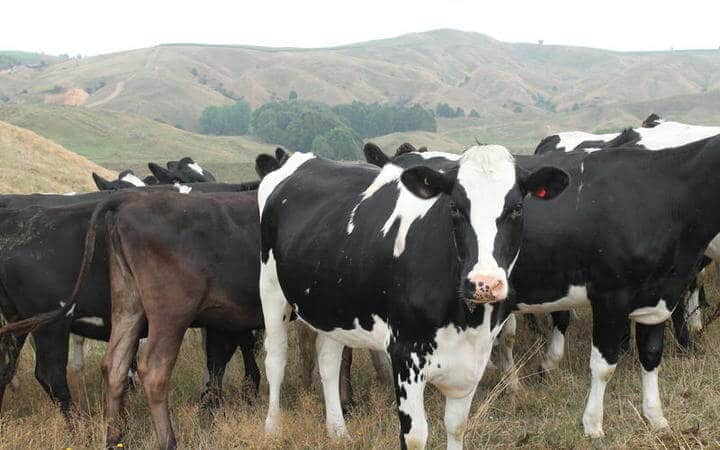Yesterday’s aerial compliance inspections saw positive improvements in winter grazing practices.
Environment Southland chief executive Rob Phillips said farmers were advised last year that winter grazing practices needed to be significantly improved and a joint approach by the Council, DairyNZ, Beef + Lamb New Zealand, Federated Farmers, MfE and MPI, was developed to help address the issues.
Rob Phillips said agriculture in Southland is very important to the regional and national economies, but that some farming practices, if not done well, negatively impact water quality. “Winter grazing is a high risk activity with regard to water quality and all farmers need to undertake good management practice.”
He said early observations from the preliminary flight suggest a better uptake of good management practices, such as fencing of waterways and the creation of buffer zones, with no immediate compliance concerns identified.
“I’m encouraged by what we’ve seen. Farmers appear to have made a real effort, which is exactly what we need. We are mindful that it’s still early in the season and this was only a preliminary flight to get an indication of any issues. Wet weather is inevitable and while this will present challenges, we expect farmers to continue their focus on good wintering practice.”
Yesterday’s flights covered a large portion of Southland, from Tussock Creek through to Garston and Mossburn and then some of the Western Southland area.
“Staff are still working through the information and photos gathered during the flight and at this stage it looks like we will be looking to arrange follow up advice for a handful of properties that could be a at risk of winter grazing issues in wetter weather.”
“A lot of effort has gone into ensuring farmers understand what is expected of them and providing the advice and information to help them get there. This year we look forward to seeing a sustained improvement that Southland as a whole can be proud of.”

